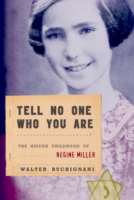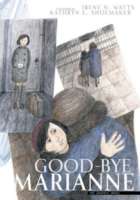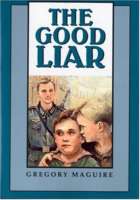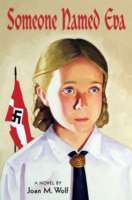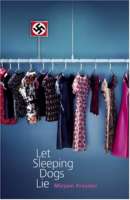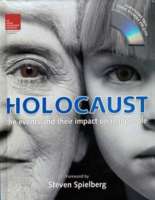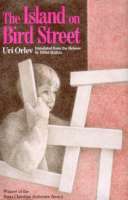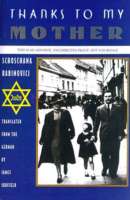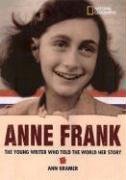
Anne Frank takes young readers back to the dark days of World War II through the story of the famous young diarist. Like teenagers everywhere, Anne wrote about friends, family, movies, her greatest joys, and her deepest fears. Through her vivid, tender entries we experience Anne’s changing world, as persecution, hiding, and betrayal, become part of daily life in Nazi Europe. Ann Kramer’s superbly illustrated book also celebrates the enduring legacy of Anne Frank. Her story, now known to millions, is an inspiration for young readers, and writers, everywhere.

